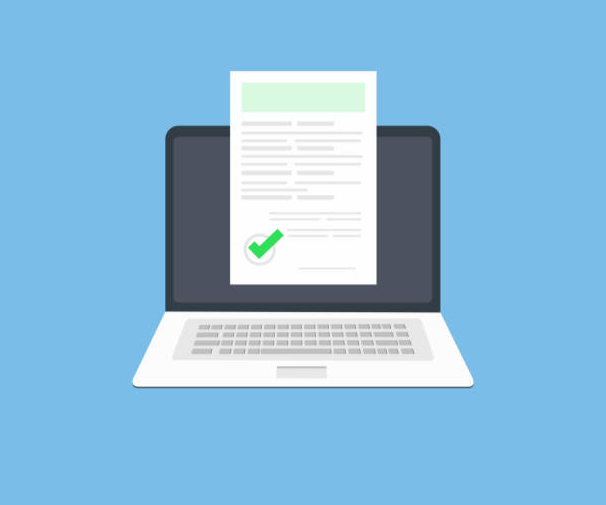A process called document verification identifies a corporation by verifying sensitive data and protects enterprises from fraudulent activities. Documents like bank statements, identification cards, tax returns, financial statements, licenses, and legal contracts are all scanned by the system. The confidence and reputation of the company is protected by the document verification process. Document collection, data extraction, document validation, and manual verification are typical steps in the document scanning process. It assists you in adhering to legal criteria and lessens fraud and spoofing.
When is Document Verification Required?
A passport, driver's license, or legal contract can check their validity using a document verification system. This procedure serves to confirm the legitimacy of the company. It protects financial flows and high-value transactions. Sectors benefit from the procedure's ability to stop financial loss and money laundering.
For security purposes and to stop any fraudulent actions, an automated system turns papers into machine-readable text that is analyzed, including format, pattern, ink, and paper checks
Document verification is used by organizations to guarantee security, stop service abuse, and enhance customer satisfaction. The KYC documents are then free of any errors, forgery or tampering. When it comes to business, online document verification is crucial for identifying and validating documents. It takes information from documents and verifies their validity. It enhances customer service and guards against identity theft. Documents are checked and made machine-readable using OCR and KYC procedures. The document verification process includes papers to look for, such as stamps, holograms, watermarks, and fonts, which instantly confirm the legitimacy of the document. Identification of documents helps the company and its personnel provide better services by saving time, money, and effort
Document Verification is helpful for Businesses.
Verifying documents helps businesses in a vast range of ways. It protects against fraud and financial loss. The authentication mitigates instances of fraud on time. The compliance of the document verification helps businesses maintain a fraud-free business:
Maintaining Compliance: Document verification ensures that the information in the document is authentic and not forged. Validation, which ensures compliance and protects legitimacy, is a process to cross-check the data against reputable and trusted sources to reassure the business about customers.
Prevent Manipulation: Documents verification helps prevent risks of loss or manipulation. The process protects businesses from reputational damage and financial loss. The document check system converts documents into easy-to-read machinable text.
Improves customer trust and business reputation: Online verification of documents improves efficiency, builds trust, and maintains the reputation of the business by extracting fraud from the documents and making them forge-free.
Types of Document Verification
Document verification can take many forms to evaluate documents and meet the requirements of the business. The most common types of document verification process include:
- Address verification
- Employment verification
- Certificate verification
- Citizenship and education authentication
Some businesses consider driver's licenses, agreements, passports, identity cards, tax papers, and governmental papers to validate handwritten and digital documents into machine-readable. The sensitive information is extracted and matched to the stored data. The customer's identity is confirmed by document identification using their legal documents. For opening new accounts and financial transactions, there may be an document verification process with KYC standards and AML.
Documents Needed for Verification
Legal documents are used to validate and authenticate the data to ensure that the information is accurate, legal and hasn't been altered, copied, or fabricated. The following documents are used to verify and identify the customer:
- Identity documents
- Birth registration
- Legal contracts
- Licenses
- Government-issued documents
- Citizen identification document
- Financial and bank statements
- Tax filings
- Legal protection
- Evidence of ownership
- Business records, etc
The identity document forgery is either incomplete, out of date, or not lawfully issued. These problems prevent these documents from being confirmed, so they will be discarded. Because they are faked and falsified, fake documents are rejected. Therefore, information matching cannot be done until the documents are current and validly issued.
Conclusion
The process of document verification converts handwritten and digital documents into text that can be read by machines. The verification helps the company retain the legitimacy and authenticity of the documents. In this approach, the customer's documents are more accurate and effective. Since the data is matched to the store's records, it is free from fraud.

